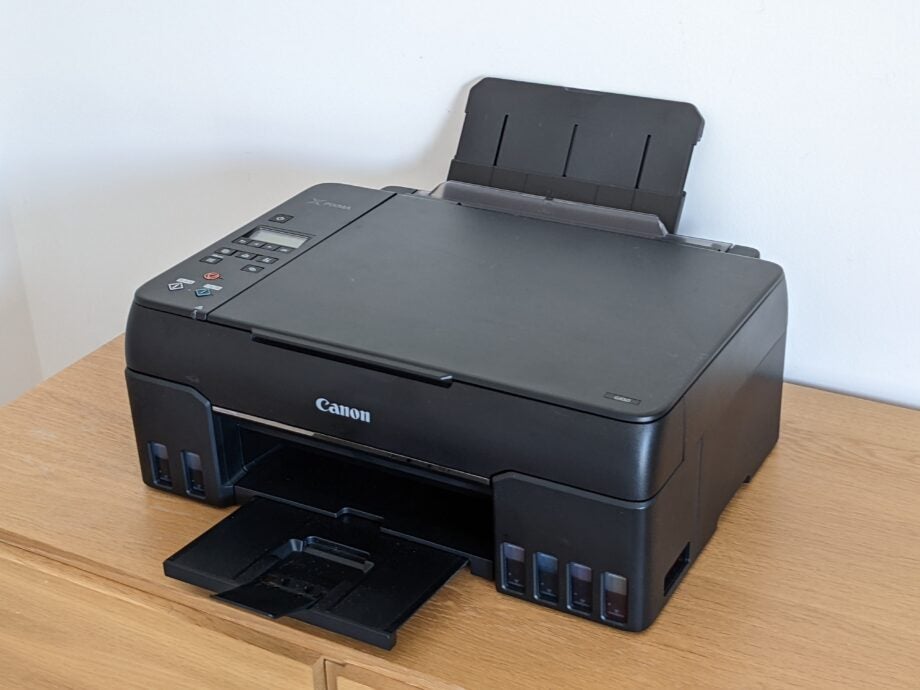The Ultimate Guide to Finding the Printer with the Least Ink Consumption: A Professional's Perspective
2 min read
In the fast-paced world of modern technology, printers have become an integral part of our daily lives, whether it's for home use, small businesses, or large enterprises. However, with the constant need for ink refills, the cost of printing can quickly add up. This begs the question: Which printer uses the least amount of ink?
To answer this question, we need to delve into the world of printer technology and ink consumption patterns. It's not just about the printer model or brand; it's also about the type of ink used, the printing mode, and even the quality of the paper.
Firstly, let's talk about inkjet and laser printers. Inkjet printers are known for their high-quality prints but often come with a higher ink consumption rate. On the other hand, laser printers, while typically more expensive upfront, offer lower ink consumption and are better suited for high-volume printing.
But even within these categories, there are significant differences. Some inkjet printers use pigment-based inks that offer better color saturation and longevity but tend to be more expensive and consume more ink. On the contrary, dye-based inks are cheaper but may not offer the same level of print quality.
When it comes to laser printers, toner cartridges are the key to ink consumption. Different models and brands offer varying toner yields, with some lasting longer than others. It's important to consider the cost per page when evaluating laser printers, as this metric often gives a more accurate representation of long-term ink costs.
Another factor to consider is the printing mode. Many printers offer draft, normal, and high-quality printing modes. While high-quality mode produces stunning prints, it also consumes significantly more ink. For daily printing tasks, using the normal or draft mode can help reduce ink usage.
Moreover, the type of paper you use can also affect ink consumption. Some papers are more absorbent, requiring more ink to achieve the desired print quality. Using specialty papers designed for specific printer models can help optimize ink usage.
Finally, it's worth mentioning that some modern printers feature ink-saving technologies such as ink recirculation systems and dual-droplet technology. These innovations help reduce ink waste and improve efficiency.
In conclusion, finding the printer with the least ink consumption is not a straightforward task. It requires a comprehensive understanding of printer technology, ink types, printing modes, and paper quality. By considering all these factors, you can make an informed decision that suits your specific printing needs and budget. Remember, the key is to find a printer that offers a balance between print quality, ink efficiency, and cost-effectiveness.
